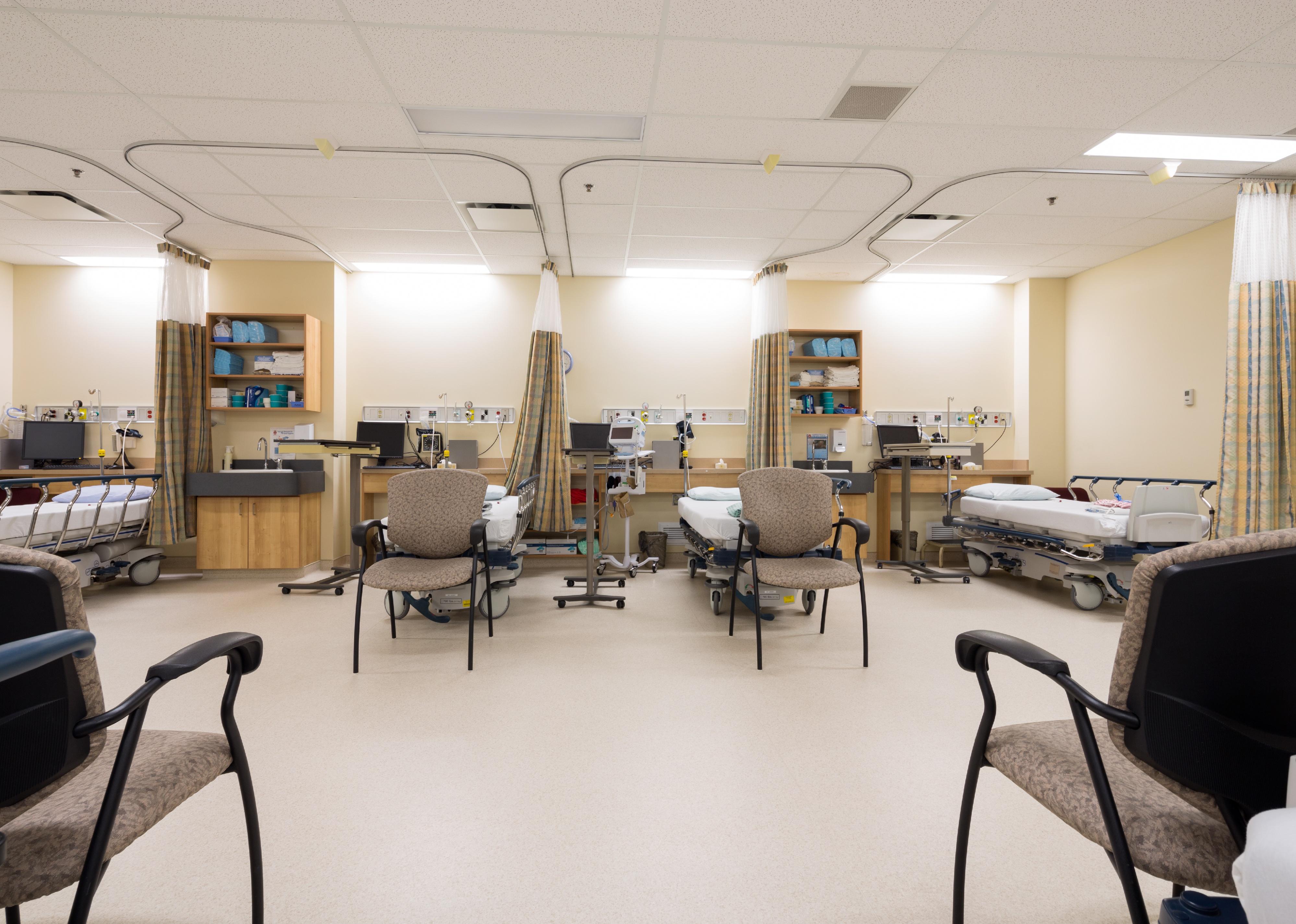
See how many rural hospitals in New York have closed since 2005
This story originally appeared on Sidecar Health and was produced and distributed in partnership with Stacker Studio.
See how many rural hospitals in New York have closed since 2005
Rural hospitals have long struggled financially and the situation is getting worse. In the mid-1940s, Congress provided funding to build hospitals in rural areas, leading to a rise in their numbers, especially in the South. By the 1980s and 1990s, those hospitals began closing, partly a result of Medicare spending.
Since 2005, 181 rural hospitals have shut their doors. The causes are many: an older, poorer population; advances in outpatient medical procedures; and more recently, a decision among many Southern states against expanding Medicaid under the Patient Protection and Affordable Care Act, or the ACA. That leaves hospitals with a greater share of uncompensated care as uninsured patients continue to be treated. The coronavirus pandemic made matters worse by delaying nonessential services that bring in revenue. The fallout from hospital closings can be severe. Trauma centers have shut down, as have obstetric units, putting residents’ health at risk.
Sidecar Health cited data from the University of North Carolina Sheps Center for Health Services Research to identify how states have been affected by the growing number of rural hospital closures. Data includes closures from 2005 to the present.
A small or isolated rural area is designated by the United States Department of Agriculture’s rural-urban commuting area (RUCA) codes. A small area means most people who commute stay within a town of under 10,000 people. An isolated area means the flow of people remains outside of metropolitan areas and small towns.
Continue reading to see how many hospitals have been closed in your state, or read the national list here.
New York by the numbers
- Total rural hospitals closed since 2005: 5 (two in small or isolated rural communities)
- Total beds lost: 145
Lake Shore Health Care Center in New York’s Chautauqua County near Lake Erie shut down at the end of 2019, when it was grappling with a $7 million deficit. The Seneca Nation said the hospital’s closing would make it more difficult for residents of its Cattaraugus Territory to get health care. Patients at all hospitals that closed in New York tended to be racial and ethnic minorities who were uninsured and perhaps undocumented, according to Elisabeth Benjamin, a health policy expert at the Community Service Society.
About 57 million people in the U.S. live in rural communities, leaving a portion of Americans without easy access to emergency health care. The Biden administration's recent announcement to invest $7.5 Billion in relief funds in rural areas disproportionately affected by the coronavirus pandemic may begin to ease access to health care in rural communities. Further action from policymakers in Congress is the only other direct way to solve for these health care deserts.
States with the most rural hospital closures since 2005
#1. Texas: 24 rural hospitals closed (880 beds)
#2. Tennessee: 16 rural hospitals closed (630 beds)
#3. North Carolina: 11 rural hospitals closed (361 beds)
States with the fewest rural hospital closures since 2005
#1. Maryland: 1 rural hospital closed (3 beds)
#2. Alaska: 1 rural hospital closed (12 beds)
#3. Wisconsin: 1 rural hospital closed (25 beds)



